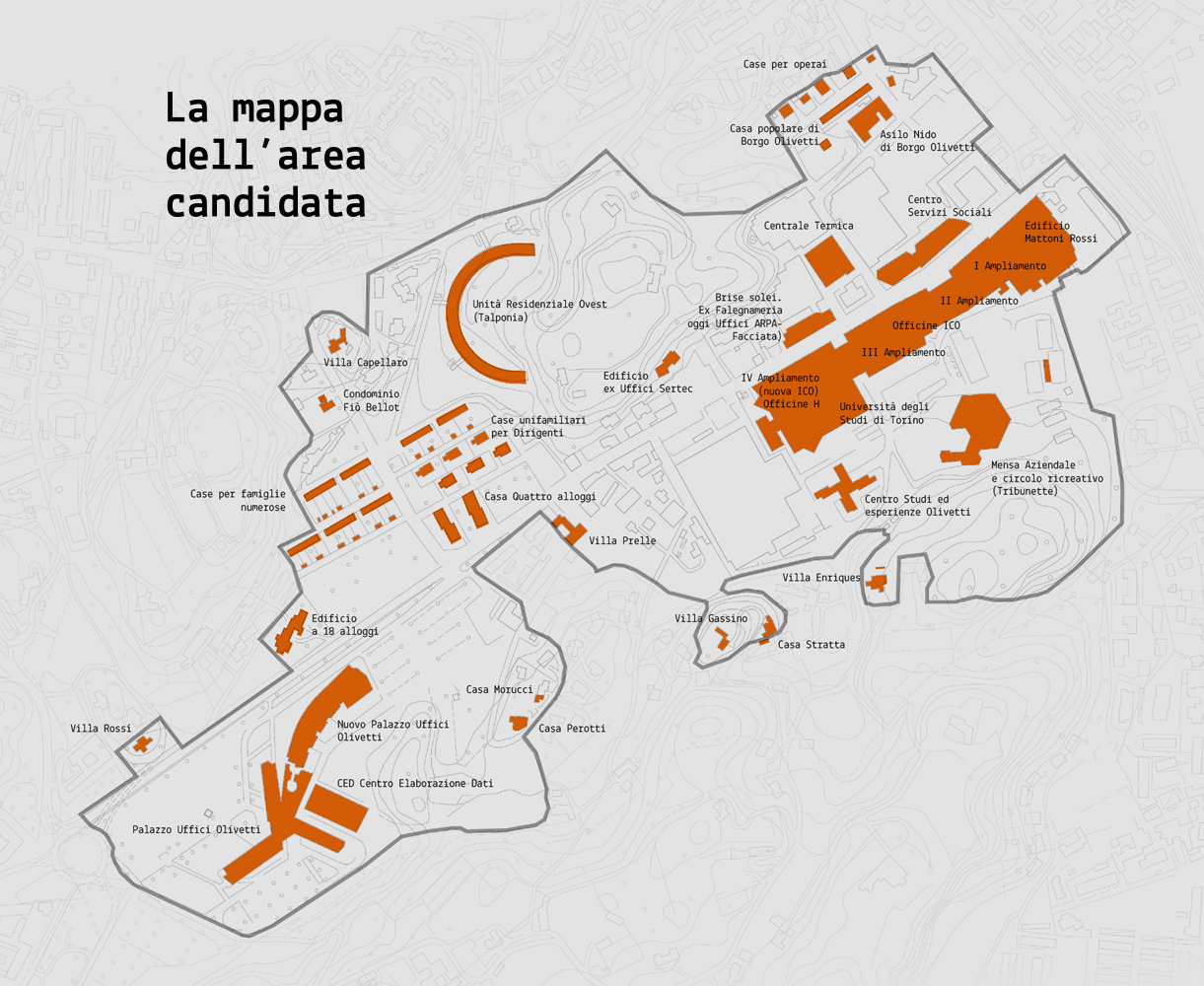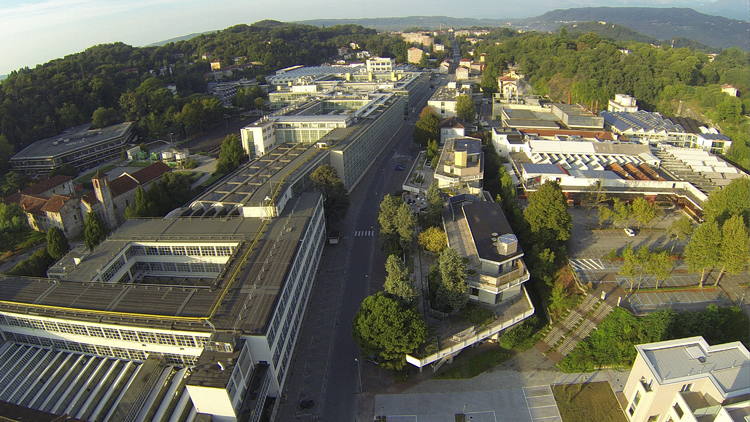- Ivrea and Adriano Olivetti - Architecture and Capitalism -
Ivrea industrial city of the 20th century. Adriano Olivetti’s humanistic capitalism project, which reached its peak between 1952 and 1958, was recognized as World Heritage Site on 1st July 2018.
The industrial site of Ivrea in the Piemonte Region in Italy, where calculators and typewriters were produced – unforgettable the Divisumma mechanical calculator (now visible at the MoMa in New York together with other Olivetti products) and MP1, the first portable typewriter – was already at the time of its activity as an anomalous workplace compared to other factories, with larger and more airy production environments, a kindergarten, residences for workers, social services, a canteen and a library of over 50 thousands volumes very frequented by workers.

Source: http://ivreacittaindustriale.it/
The architectural and urban projects were entrusted to Italian architects active in various ways on the national scene, and who were able to translate the Olivetti’s project of a perfect tailor-made factory for workers into functional structures for the production purpose, but open and transparent, able to integrate both reciprocally and with the city, as in the case of the company canteen of Ignazio Gardella (1953 – 61; in collaboration with Roberto Guiducci). The Social Service Centre designed by Luigi Figini e Gino Pollini (1954 – 59) is a complex that develops around a vertical body, an articulation that is clearly legible by the visitor, which in several points lets in the light and allows the gaze to reach the sky, in a new way to be a structure linked to a workplace. The two architects had already contributed to the debate on modern architecture with the design of the kindergarten (1939 – 41). Also the desired monumentalism of the Palazzo Uffici Olivetti, the company’s representative headquarters built on a project by Annibale Fiocchi, Marcello Nizzoli e Gian Maria Bernasconi (1960 – 64) adopting the language of the International Style, is perfectly integrated into the vast and varied ensemble of Ivrea which reflects the ideas of the Community Movement (Movimento Comunità).
 Corso Jervis, in the foreground, the Officine ICO and the Social Services Centre
Corso Jervis, in the foreground, the Officine ICO and the Social Services Centre © Guelpa Foundation
Source: https://whc.unesco.org/en/list/1538
Adriano Olivetti concretized the idea of a factory where the production purpose was inextricably linked to the development of the individual as a social and cultural subject of this production, aware that his role is not so much in the production of the product, as in being an integral part of the community and the territory that this product produces. Urbanism, architecture, design, sociology are some of the disciplines that, according to Olivetti, had to integrate to overcome the specialization that locks up intellectuals in a sphere far from the reality of the territory, of which the community is the expression.
Articulated and freely arranged plans on several levels, transparencies and openings on the city and on the artificially created nature of the gardens that surround the work, residential and social environments, and the readability of the structures, are some elements that built that architectural and urban ensemble that had in Adriano Olivetti the wise and enlightened creator and coordinator.
5th July 2018
